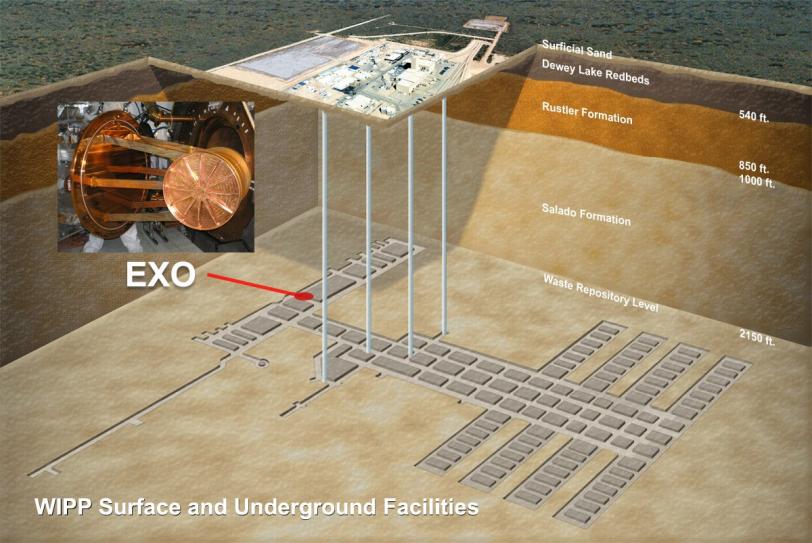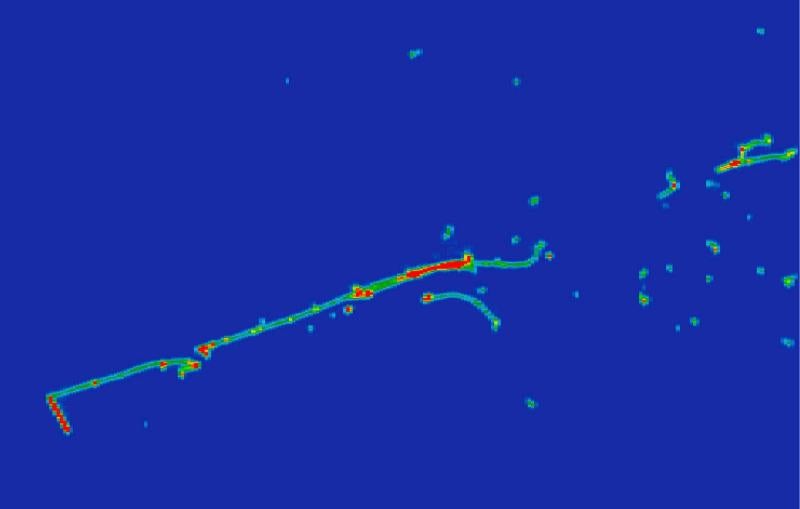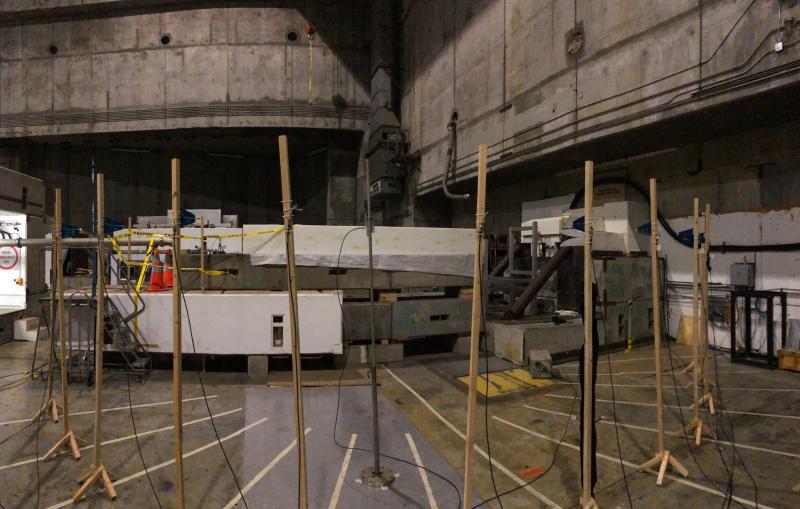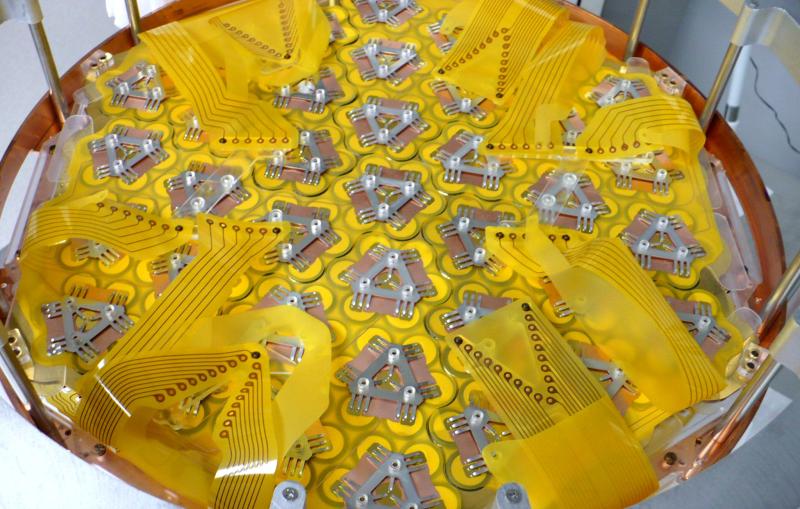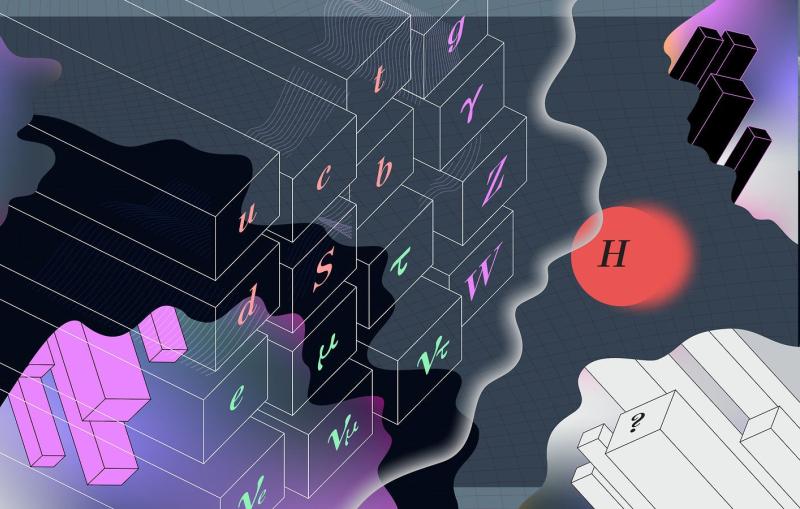Underground Search for Neutrino Properties Unveils First Results
Scientists studying neutrinos have found with the highest degree of sensitivity yet that these mysterious particles behave like other elementary particles at the quantum level.
By Lori Ann White
Scientists studying neutrinos have found with the highest degree of sensitivity yet that these mysterious particles behave like other elementary particles at the quantum level. The results shed light on the mass and other properties of the neutrino and prove the effectiveness of a new instrument that will yield even greater discoveries in this area.
The Enriched Xenon Observatory 200 (EXO-200), an international collaboration led by Stanford University and the U.S. Department of Energy’s (DOE) SLAC National Accelerator Laboratory, has begun one of the most sensitive searches ever for a mysterious mechanism called "neutrinoless double-beta decay," in which two neutrinos – acting as particle and antiparticle – do not emerge from the nucleus.
If this decay were observed, it would signal that neutrinos have a different quantum structure than other elementary particles. EXO-200, which is capable of detecting decays that happen, on average, only once every 10^25 years (1 quadrillion times the age of the universe), did not observe this decay, which constitutes the strongest evidence yet that neutrinos behave like other particles.
“The result could only have been more exciting if we'd been hit by a stroke of luck and detected neutrinoless double-beta decay,” said Giorgio Gratta, a professor of physics at Stanford University and spokesperson for EXO-200. “In the region where double-beta decay was expected, the detector recorded only one event. That means the background activity is very low and the detector is very sensitive. It’s great news to say that we see nothing!”
EXO-200 has been able to all but rule out a previous, highly controversial result claiming to have detected the decay, and they've also been able to narrow down the mass of the neutrino to less than 140- to 380-thousandths of an electronvolt (the unit of mass used in particle physics). For comparison, the minuscule electron has a mass of roughly 500,000 electronvolts.
At the heart of EXO-200 is a thin-walled cylinder made of extremely pure copper. It is full of about 200 kilograms (about 440 pounds) of liquid xenon and buried 2,150 feet deep at the DOE’s Waste Isolation Pilot Plant (WIPP), a New Mexico salt bed where low-level radioactive waste is stored. The xenon – in particular the isotope xenon-136, which makes up the lion's share of the xenon in EXO-200 – is one of the few substances that can theoretically undergo the decay.
Constructing the experiment of exceedingly pure materials and locating it underground ensured that all other traces of radioactivity and cosmic radiation are eliminated or kept at a minimum.
EXO-200 will take data for a few more years and in the future, the team hopes to expand the technique to a several-ton version that would be even more sensitive at observing the nearly imperceptible physical processes that have been theorized.
EXO is a collaboration that involves scientists from SLAC, Stanford, the University of Alabama, Universität Bern, Caltech, Carleton University, Colorado State University, University of Illinois Urbana-Champaign, Indiana University, UC Irvine, ITEP (Moscow), Laurentian University, the University of Maryland, the University of Massachusetts – Amherst, the University of Seoul and the Technische Universität München. This research was supported by DOE and NSF in the United States, NSERC in Canada, SNF in Switzerland and RFBR in Russia.
This research used resources of the National Energy Research Scientific Computing Center (NERSC).
